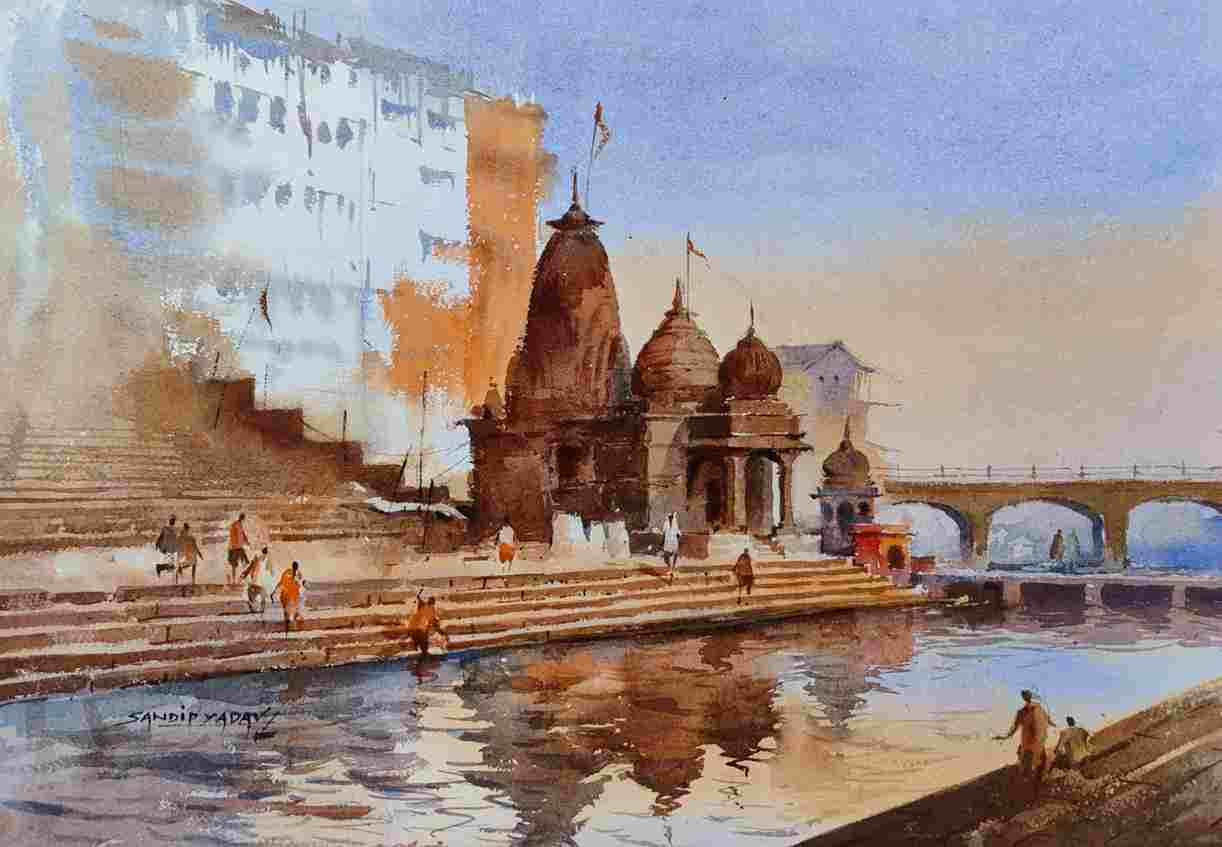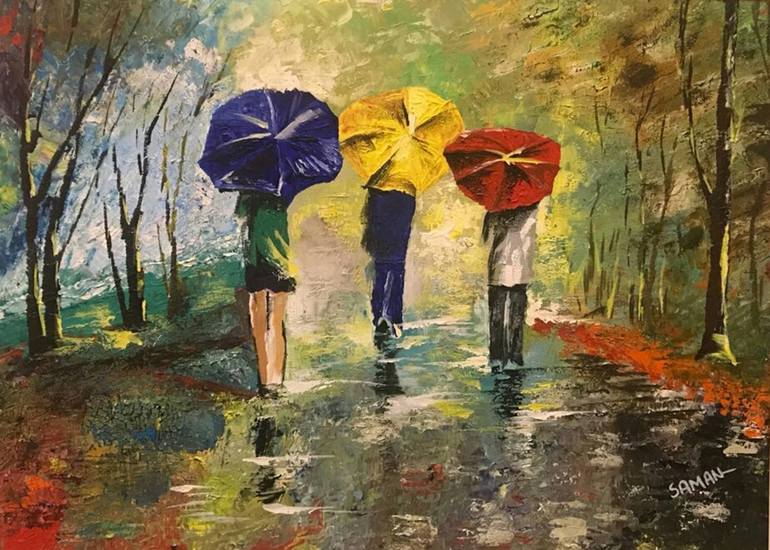Painting Nostalgic Landscapes: Capturing Timeless Memories
For professional photographers, the art of painting nostalgic landscapes offers a unique and profound way to capture and convey the essence of timeless memories. This form of art is not merely about replicating a scene; it's about evoking emotions, telling stories, and creating a visual journey that transcends time. By delving into the world of nostalgic landscapes, photographers can find new inspiration and techniques that enhance their creative expression in photography.
Painting nostalgic landscapes is an art form that romanticizes the past, blending elements of memory and imagination to create scenes that resonate with viewers. For photographers, this practice can offer a fresh perspective on capturing images, encouraging them to see beyond the lens and into the heart of what makes a moment unforgettable.

The Art of Nostalgia
Nostalgia is a powerful emotion that connects individuals to their past, often through sensory experiences such as sight, sound, and smell. For photographers, capturing this essence in a photograph can be challenging but immensely rewarding. By studying techniques from artists who paint nostalgic landscapes, photographers can learn to infuse their work with a similar sense of depth and emotion.
Incorporating Memory into Photography
When photographers aim to create nostalgic imagery, they should focus on elements that trigger memories, such as familiar places, vintage aesthetics, and emotional compositions. The use of soft lighting, warm tones, and thoughtful composition can help evoke a sense of longing and reminiscence in their audience.
Learning from Landscape Painters
Photographers looking to incorporate the principles of painting nostalgic landscapes into their work can benefit from studying renowned landscape painters. These artists often use color, texture, and perspective to create scenes that feel both personal and universal. By understanding these techniques, photographers can apply similar methods to their own work, creating images that speak to the viewer's heart.
Many photographers find inspiration in travel-themed sketches, which often serve as a bridge between memory and art. These sketches capture the essence of a place and time, providing photographers with a new way to approach their subjects.
Techniques for Creating Nostalgic Photography
To successfully integrate the charm of nostalgic landscapes into photography, certain techniques can be particularly effective:
Emphasizing Mood and Atmosphere
One of the key elements in painting nostalgic landscapes is the creation of mood and atmosphere. Photographers can achieve this by carefully considering their use of light, shadow, and weather conditions. Early morning or late afternoon light, for example, can add a dreamy quality to photographs, reminiscent of the paintings they admire.
Utilizing Color and Texture
Color plays a significant role in setting the tone of a photograph. Warm, muted colors can evoke nostalgia, while textures can add depth and interest. Photographers might experiment with filters or post-processing techniques to achieve a look that mirrors the brushstrokes of a painter.
Workshops, such as those offered in memory art workshops, provide photographers with hands-on experience in blending these elements to create evocative imagery.
The Intersection of Art and Photography
The boundary between painting and photography is becoming increasingly blurred as photographers embrace techniques traditionally associated with painting. This fusion allows for a richer, more diverse visual language that can convey complex emotions and stories.
Incorporating elements from travel-inspired art into photography projects can also help photographers broaden their horizons and explore new creative territories.
Finding Personal Expression
At its core, the pursuit of creating nostalgic landscapes in photography is about finding one's personal expression. Photographers are encouraged to explore their own memories and experiences, using them as a foundation for their work. This authenticity can resonate deeply with viewers, creating a lasting impact.
Conclusion
For professional photographers, the journey into painting nostalgic landscapes is more than just an exploration of a new artistic medium; it's an invitation to rediscover the past through the lens of personal experience. By embracing the techniques and philosophies of landscape painters, photographers can enrich their work, creating images that not only capture the moment but also evoke the timeless beauty of nostalgia.
Whether through workshops, studying travel sketches, or simply spending time in nature, photographers have countless opportunities to enhance their skills and create work that resonates on a deeply emotional level.

FAQs
What is the main goal of painting nostalgic landscapes in photography?
The main goal is to evoke emotions and memories by capturing scenes that resonate with the viewer on a personal level, blending elements of memory and imagination.
How can photographers incorporate nostalgic elements into their work?
Photographers can focus on using warm tones, vintage aesthetics, and emotional compositions to create a sense of nostalgia in their images.
What resources can help photographers learn about painting nostalgic landscapes?
Photographers can benefit from workshops, studying travel-themed sketches, and learning from the techniques of renowned landscape painters.

